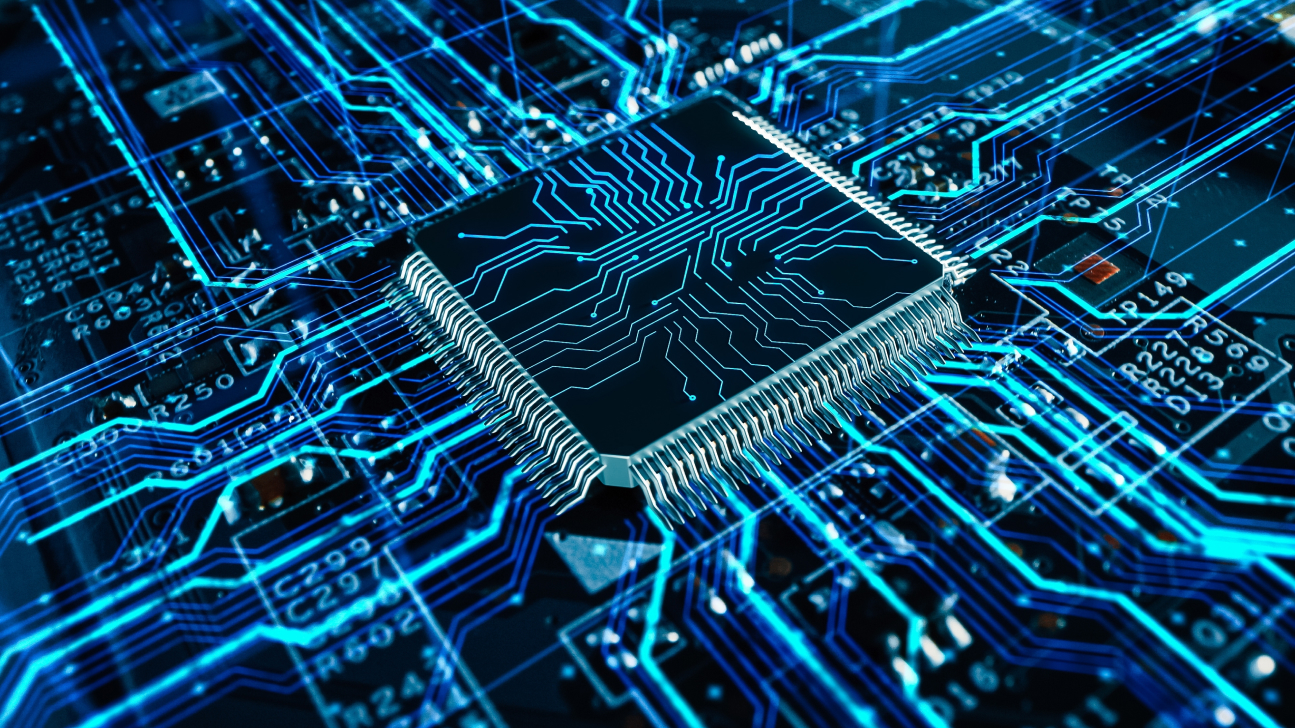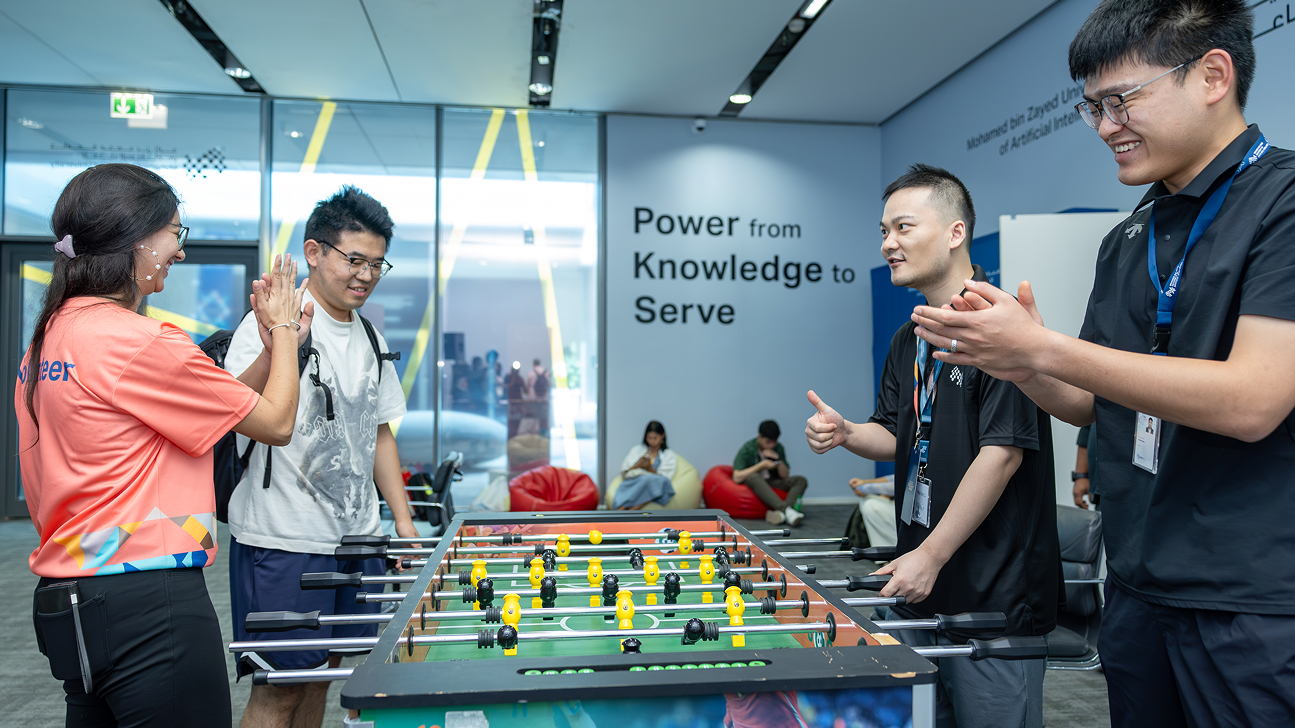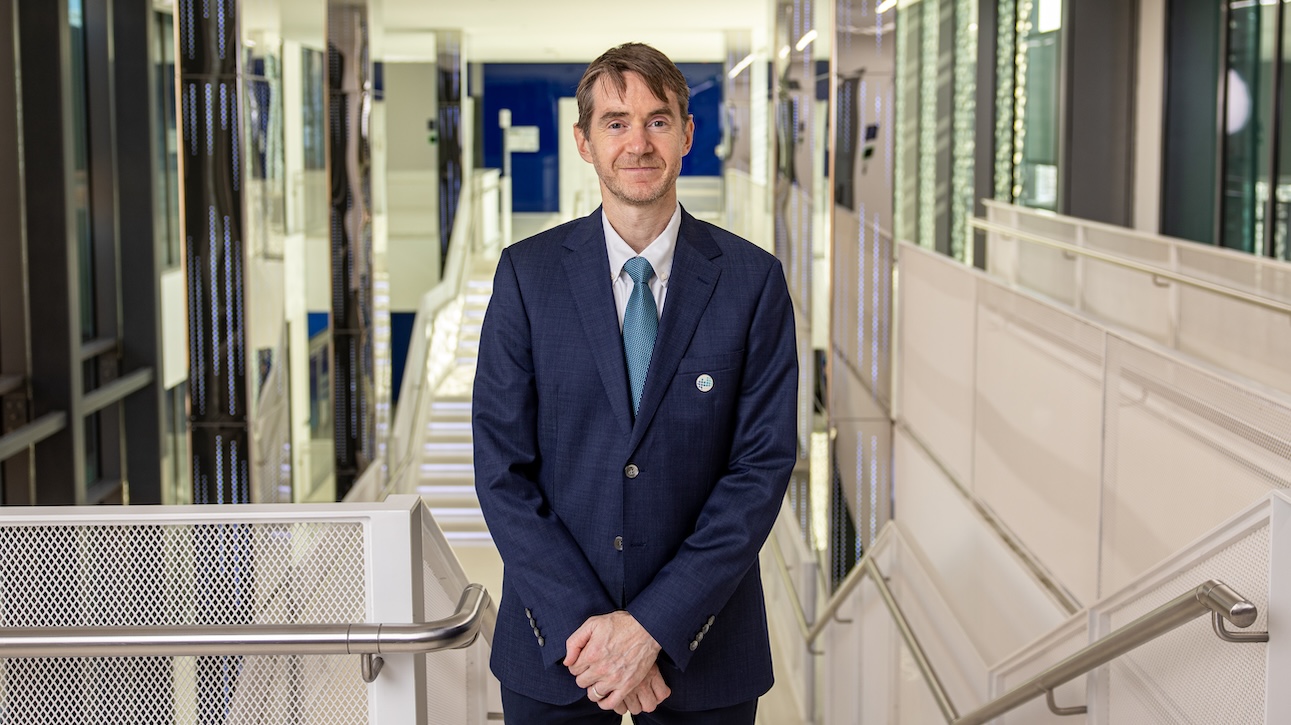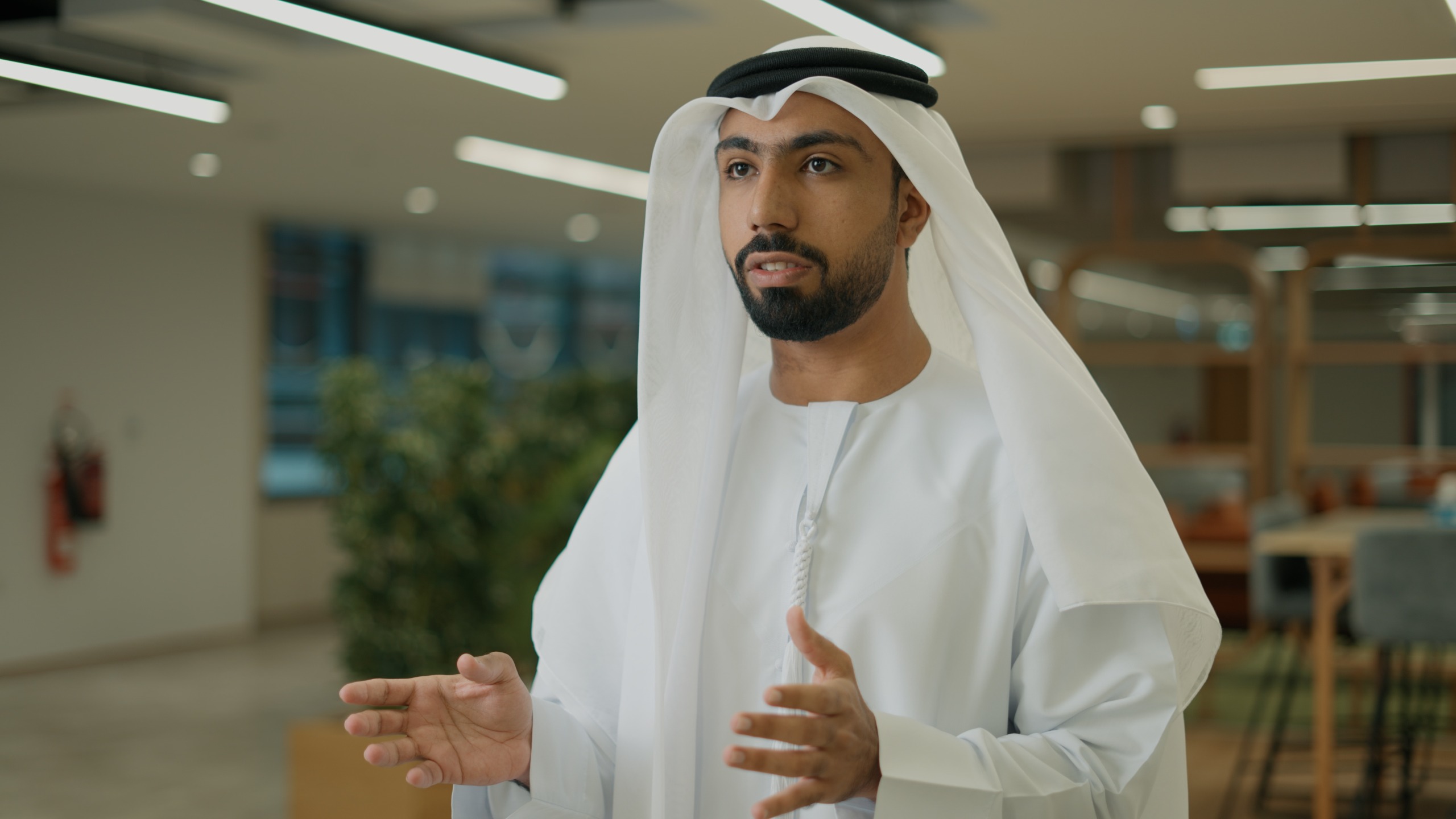ماذا نفعل لمعالجة مشكلة استهلاك الطاقة في الذكاء الاصطناعي؟
الجمعة، 06 ديسمبر 2024

يكثر الحديث دائماً عن حجم الطاقة التي يستهلكها الذكاء الاصطناعي. ولكن النقاش والجدل حول هذه القضية ازداد حدة في الآونة الأخيرة، مع انعقاد مؤتمر الأطراف في اتفاقية الأمم المتحدة الإطارية بشأن التغير المناخي (COP29) في أذربيجان، وتنظيم معرض ومؤتمر أبوظبي الدولي للبترول في أبوظبي في الأسابيع الماضية.
فعلى الرغم من الفوائد الكبيرة التي يقدمها الذكاء الاصطناعي، إلا أن استهلاكه الهائل للطاقة يثير تساؤلات حول استدامته على المدى الطويل، مع تزايد المطالبات بحلول وبدائل أكثر كفاءة في استهلاك الطاقة.
لتوضيح حجم المشكلة، استهلك الذكاء الاصطناعي ومراكز البيانات والعملات المشفرة حوالي 2% من إجمالي الطاقة العالمية في عام 2022، ومن المتوقع أن يتضاعف هذا الرقم بحلول عام 2026. على سبيل المثال، يتطلب تدريب نموذج لغوي كبير مثل GPT-3 طاقة تعادل استهلاك 130 منزلاً في السنة، فيما استهلك تدريب نموذج GPT-4 نحو 50 ضعف تلك الطاقة. علاوةً على ذلك، يستهلك الذكاء الاصطناعي طاقة تعادل 33 ضعفاً مقارنةً بالبرامج التقليدية لإنجاز المهام ذاتها بسبب احتياجاته الكبيرة من القدرة الحاسوبية.
قد يكون لذلك عواقب وخيمة على البيئة بسبب انبعاثات الكربون الكبيرة. ففي عام 2019، أظهرت دراسة بحثية أن تدريب نموذج ذكاء اصطناعي كبير عادي واحد قد ينتج انبعاثات من ثاني أكسيد الكربون تعادل ما تنتجه خمس سيارات في دورة حياتها بكاملها. وقد تفاقمت المشكلة منذ ذلك الحين، حيث أعلنت مايكروسوفت مؤخراً أن انبعاثاتها من ثاني أكسيد الكربون ارتفعت بنسبة 30% تقريباً منذ عام 2020 بسبب توسع مراكز البيانات، فيما قالت جوجل إن انبعاثاتها من غازات الدفيئة في عام 2023 كانت أعلى بنسبة 50% تقريباً مقارنة بعام 2019 نتيجة الطلب الكبير على الطاقة من مراكز البيانات. ولذلك لجأت الشركتان في الأسابيع الأخيرة إلى استخدام الطاقة النووية كحل منخفض الكربون لتلبية احتياجات الذكاء الاصطناعي من الطاقة.
الالتزام بتطوير ذكاء اصطناعي موفر للطاقة
من الواضح أن هناك حاجة إلى زيادة كفاءة استهلاك الطاقة في الذكاء الاصطناعي، مما دفع مؤسسات كثيرة، ومن بينها جامعة محمد بن زايد للذكاء الاصطناعي، إلى اتخاذ خطوات لمعالجة هذه القضية. ويعتبر هذا أحد المحاور الرئيسية التي يركز عليها قسم علوم الحاسوب الذي أنشأته الجامعة مؤخراً بقيادة شياو سونغ ما، رئيسة القسم بالإنابة وأستاذة فيه.
تتحدث شياو سونغ عن مشكلة استهلاك الطاقة في الذكاء الاصطناعي قائلة: “يستهلك الذكاء الاصطناعي يومياً جزءاً كبيراً ومتزايداً من إجمالي طاقة مراكز البيانات أو الدورات الحاسوبية في العالم. على سبيل المثال، قبل 13 عاماً، كنت أعمل على أبحاث الطاقة باستخدام معالجات ثمانية النوى تستهلك حوالي 110-120 واط. أما اليوم، فإن خادماً متطوراً من إنتاج شركة “ايه ام دي” يحتوي على 96 نواة يستهلك نحو 400 واط، ومع إضافة ذاكرة DRAM يصل الاستهلاك إلى 450 واط، بينما بطاقة NVIDIA H100 الواحدة تستهلك نحو 700 واط، وعادةً ما نستخدم ثماني بطاقات في عقدة واحدة. ويمكنك أن تتخيل مقدار استهلاك الطاقة الإضافي الذي تسببه تطبيقات الذكاء الاصطناعي الجديدة وتدريب النماذج”.
تركز شياو سونغ في أبحاثها على تحقيق كفاءة الطاقة في هذه البطاقات التي تحتوي على وحدات معالجة رسوميات ومكونات داعمة الأخرى.
وهي تقول في هذا الشأن: “نراقب استخدام الموارد بعناية. فهناك عمليات كثيرة ومعقدة تجري في وقت واحد، خاصة عند إجراء التدريب أو الاستدلال الموزع، حيث تجري عمليات حسابية لتحليل الأرقام، ويتم استخدام الذاكرة، ويحدث اتصال بين وحدات معالجة الرسوميات داخل العقدة واحدة وبين العقد المختلفة، وغير ذلك. عند إجراء عملية معينة، تبقى الموارد الأخرى غير مستغلة بشكل جيد، خاصة بطاقات وحدات معالجة الرسوميات ذات التكلفة الكبيرة والاستهلاك العالي من الطاقة. لذلك، أركز في أبحاثي مؤخراً على دراسة جميع عمليات المعالجة التي تحدث في دفعات صغيرة مختلفة أثناء التدريب”.
تعتقد شياو سونغ أن تحسين التداخل بين العمليات يمكن أن يؤدي إلى خفض التكاليف وانبعاثات الكربون بنسبة 39%.
وتضيف قائلة: “هذه هي الطريقة التي نتعامل بها مع المشكلة. نحن نسعى لتنفيذ نفس المهمة بشكل أسرع من خلال تحسين التداخل بين المهام الدقيقة، مما يقلل الوقت الإجمالي لتشغيل هذه الآلات الضخمة”.
يعمل الأستاذ المساعد عبد الرحمن محمود إلى جانب شياو سونغ في قسم علوم الحاسوب. وهو يقول متحدثاً عن طبيعة عمله: “يتركز عملي في مجال بنية الأجهزة. أبحث في كيفية التعامل مع البِتات [وهي وحدات البيانات الصغيرة التي تُعد اللبنات الأساسية للبيانات الأكبر]، وكيفية نقل البيانات، وكيفية تقليل استهلاك الطاقة على مستوى الأجهزة دون التأثير على دقة العمليات الحسابية للنموذج. أدرس مقدار المعلومات التي يمكن تقليصها إلى عدد أقل من البِتات. فعندما يكون لدينا عدد أقل من البِتات، يمكننا نقلها واستخدامها بشكل أكثر كفاءة في استهلاك الطاقة. على سبيل المثال، بدلاً من نقل 32 بت، يمكن تقليصها إلى 4 بت، مما يعني تحسيناً بمقدار ثمانية أضعاف. الأمر يتعلق بإيجاد أساليب تقلل إجمالي استهلاك الطاقة، مما يسهم أيضاً في تحسين الكفاءة الكربونية.”
ويرى محمود أيضاً أن عملية التصنيع يمكن أن تسهم في تحسين الكفاءة الكربونية، حيث يقول: “تصنيع كل هذه الأجهزة يستهلك الكثير من الكربون. على سبيل المثال، تصنيع هذه الشرائح يحتاج إلى نفقات رأسمالية كبيرة. لذا، إذا تمكنا من جعلها تدوم لفترة أطول مع الحفاظ على أدائها وملاءمتها، فسيؤدي ذلك إلى توزيع التكلفة الأولية على فترة زمنية أطول وتوفير المال، كما سيقلل من الأثر الكربوني بسبب انخفاض استهلاك الطاقة في التصنيع وتقليل انبعاثات ثاني أكسيد الكربون”.
نماذج صغيرة أكثر كفاءة
أحد الجوانب الأخرى التي يدرسها القسم هو جدوى النماذج الصغيرة. والفكرة هنا هي أنه مع زيادة حجم النماذج وفهمنا لآلية عملها بشكل أفضل، يمكننا العثور على طرق لتحويلها إلى نماذج أصغر وأكثر كفاءة.
توضح شياو سونغ ذلك قائلة: “هناك نماذج من نوع “مزيج الخبراء”، حيث يمكن تحويل سؤالك إلى سلسلة من النماذج الأصغر حجماً ولكن الأكثر تخصصاً. على سبيل المثال، إذا طرحت سؤالاً عن كرة القدم، فلا علاقة له بمن يسأل عن الموسيقى الكلاسيكية أو المنشورات الطبية. فهذه المهام يمكن تقسيمها بشكل يمكن أن يحسن الكفاءة بشكل عام”.
وتشير شياو سونغ إلى مشروع آخر يتعلق بتحسين التخزين المؤقت لنتائج الاستدلال بقولها: “الكثير من الأسئلة التي نطرحها متشابهة إلى حد كبير. فإذا تمكنا من اكتشاف هذا التشابه في مرحلة مبكرة، يمكننا الحصول على النتائج من البيانات الموجودة، مما سيساعد بشكل كبير. إذا تم تقسيم نموذج كبير إلى وحدات صغيرة ومستقلة، وتم فهم الأسئلة المطروحة بشكل أفضل وتحويلها بدقة أكبر، فسنحصل على تجربة ممتازة عند استخدام الدردشة الآلية دون الحاجة إلى المرور بجميع الطبقات والمعاملات في النموذج”.
جهود شاملة على مستوى الجامعة
لا تقتصر جهود تحسين كفاءة استهلاك الطاقة على قسم علوم الحاسوب في جامعة محمد بن زايد للذكاء الاصطناعي، بل تلتزم الجامعة كلها بنشر الوعي حول الذكاء الاصطناعي الموفّر للطاقة. على سبيل المثال، في مؤتمر الأطراف في اتفاقية الأمم المتحدة الإطارية بشأن التغير المناخي (COP28) قدمت الجامعة رؤى حول كيفية مساهمة الذكاء الاصطناعي في العمل المناخي من خلال تطوير نماذج أقل استهلاكاً للطاقة. كما شارك الطلاب في مسابقات هاكاثون وقدموا حلولاً مبتكرة لتحسين كفاءة الطاقة، بينما قاد أعضاء الهيئة التدريسية العديد من المشاريع البحثية لتحسين الكفاءة والاستدامة.
أحد الأمثلة البارزة هو مشروع تطوير نظام تشغيل الذكاء الاصطناعي لإزالة الكربون، الذي قاده شيرونغ هو، الأستاذ المساعد في قسم تعلم الآلة. يهدف هذا النظام إلى تقليل التكلفة العالية لتطوير برامج الذكاء الاصطناعي من خلال تقليل استهلاك الطاقة أثناء عمليات التطوير، وقد ساعد في إنشاء نموذج Vicuna، وهو بديل لنماذج الدردشة الآلية مثل “تشات جي بي تي” تم تطويره بتكلفة مالية وكربونية أقل بكثير، ولكن مع المحافظة على نسبة 90% من جودة تلك النماذج.
من ناحية أخرى، يعمل مارتن تاكاش نائب رئيس قسم تعلم الآلة وأستاذ مساعد فيه، على دعم الجهود التي تبذلها دولة الإمارات العربية المتحدة لتحقيق هدفها في خفض صافي الانبعاثات إلى الصفر بحلول عام 2050 من خلال تحسين الشبكات الذكية باستخدام طريقة طورها هو وفريقه تجمع بين التعلم التعزيزي والتعلم المتحد. ويواصل الفريق استكشاف استخدامات تعلم الآلة الموفّرة للطاقة في كامل سلسلة القيمة في قطاع الطاقة.
هذه المشاريع، وغيرها الكثير، تسهم في معالجة واحدة من أكبر التحديات التي تواجه الذكاء الاصطناعي اليوم، وتؤكد التزام جامعة محمد بن زايد للذكاء الاصطناعي بتطوير حلول ذكاء اصطناعي تخدم البشرية وتُحافظ على كوكب الأرض.
- الاستدامة ,
- computer science ,
- الطاقة ,
- energy efficiency ,
- كفاءة الطاقة ,
- علوم الحاسوب ,
- hardware ,
- الأجهزة ,
أخبار ذات صلة
جامعة محمد بن زايد للذكاء الاصطناعي تفتح باب القبول لفصل خريف 2026
ترحب أول جامعة في العالم مكرَّسة للذكاء الاصطناعي بالطلاب المتميزين من مختلف أنحاء العالم للانضمام إلى برامجها.....
- applications ,
- students ,
- graduates ,
- Ph.D. ,
- Undergraduate ,
- master's ,
- intake ,
- post-graduate ,
- Bachelor's ,
6 توقعات عن مستقبل تطور الذكاء الاصطناعي في 2025
بينما تحتفل الإمارات بشهر الابتكار تحت شعار "الإمارات تبتكر 2025"، يحاول تيموثي بالدوين – عميد جامعة محمد.....
- نظم الذكاء الاصطناعي الفاعل ,
- توقعات ,
- تيموثي بالدوين ,
- الذكاء الاصطناعي ,
- النماذج التأسيسية ,
- الجامعة ,
- الابتكار ,
- عميد الجامعة ,
- الذكاء الاصطناعي المتجسد ,
منصة سِكيور+: قصة نجاح طالب إماراتي لمع اسمه في عالم الأمن السيبراني
أحمد الشامسي يفوز بالمركز الأول عن منصة "Secure+" المصممة لاكتشاف روابط التصيد الاحتيالي خلال فعاليات "هاكاثون الخليج.....
- الاستدامة ,
- إنجازات الطلبة ,
- الطلبة ,
- الأمن السيبراني ,
- جوائز تقديرية ,
- الشركات الناشئة ,
- الأمن ,


